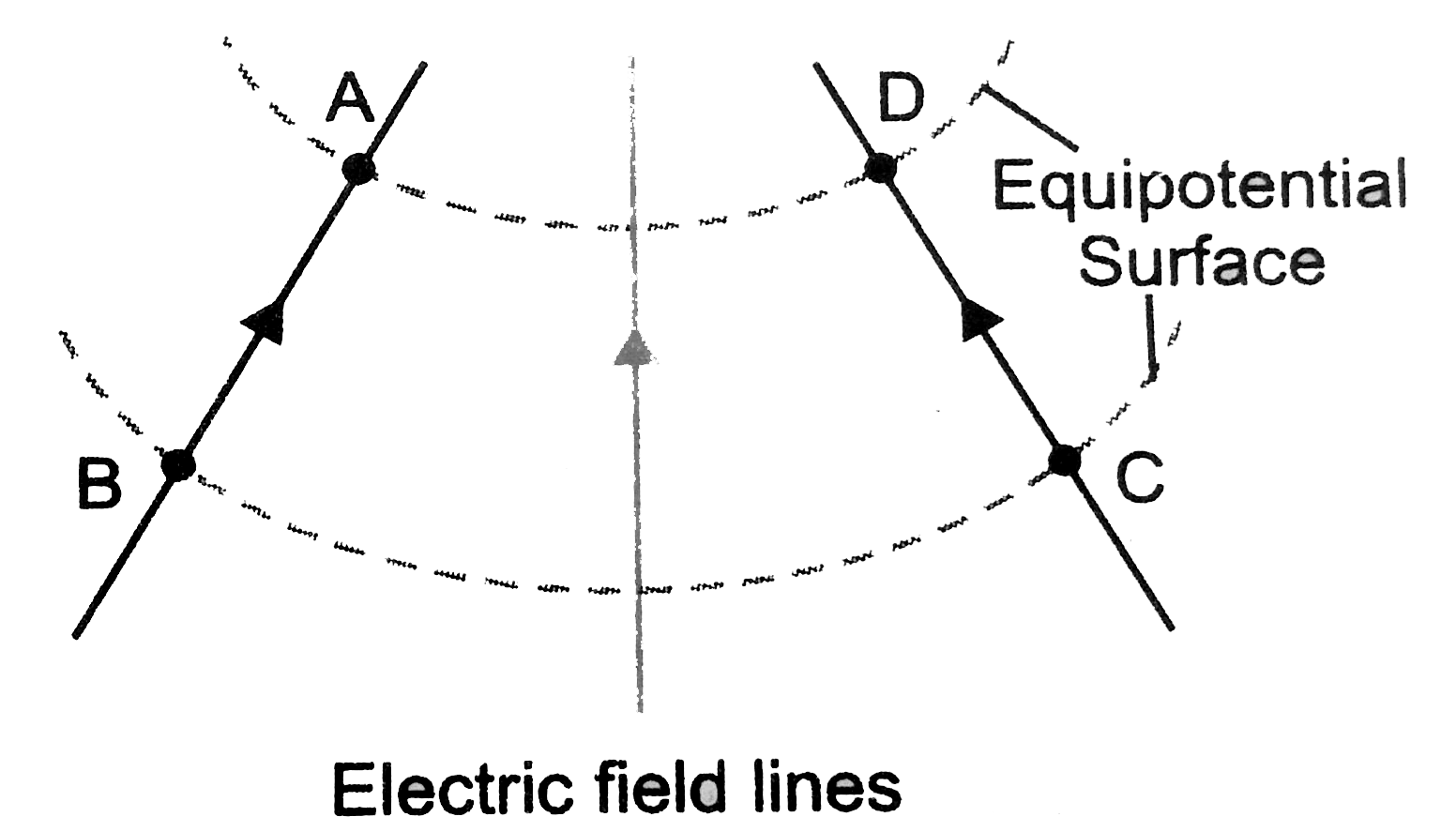In moving from A to B along an electric field line, the work done by the electric field on an electron is 6.4×10−19J. If ϕ1andϕ2 are equipotential surfaces, then the potential difference VC−VA is.
 .
.
−4V
4V
Zero
64V
The correct Answer is:B
Step by step video, text & image solution for In moving from A to B along an electric field line, the work done by the electric field on an electron is 6.4 xx 10^-19 J. If phi_1 and phi_2 are equipotential surfaces, then the potential difference V_C - V_A is. . by Physics experts to help you in doubts & scoring excellent marks in Class 12 exams.
Updated on:21/07/2023Topper's Solved these Questions
- ELECTRIC POTENTIALBook:CENGAGE PHYSICSChapter:ELECTRIC POTENTIALExercise:DPP 3.4
Explore 15 Videos
- ELECTRIC POTENTIALBook:CENGAGE PHYSICSChapter:ELECTRIC POTENTIALExercise:DPP 3.5
Explore 14 Videos
- ELECTRIC POTENTIALBook:CENGAGE PHYSICSChapter:ELECTRIC POTENTIALExercise:DPP 3.2
Explore 15 Videos
- ELECTRIC FLUX AND GAUSS LAWBook:CENGAGE PHYSICSChapter:ELECTRIC FLUX AND GAUSS LAWExercise:MCQ s
Explore 38 Videos
- ELECTRICAL MEASURING INSTRUMENTSBook:CENGAGE PHYSICSChapter:ELECTRICAL MEASURING INSTRUMENTSExercise:M.C.Q
Explore 2 Videos
Similar Questions
When an electron moves from A to B along and electric field line as shown in Fig. the electric field does 3.94×10−19J of work on it. What are the electric potential differences
(VB−VA),(VC−VA),(VC−VB) ?

View SolutionCalculate the work done by electric field in moving an electron from point A(0, 2 cm) to point B(5cm, 9cm) in a region of electric field →E=104ˆjVm−1
View Solution
Knowledge Check
If a particle moves on an equipotential surface of an external field, work done by the electric field on the charge is
APositiveBNegativeCZeroDDepends upon the direction of fieldA and B are two points in an electric field . If the work done in carrying 4.0C of electric charge from A to B is 16.0J, the potential difference between A and B is
AzeroB2.0VC4.0VD16.0VThe equation of an equipotential line in an electric field is y=2x, then electric field strength vectro at 1,2 may be .
A4ˆI+3ˆjB4ˆI+8ˆjC8ˆI+4ˆI+4ˆjD−8ˆI+4ˆj
In figure two points A and B are located in a region of electric field . The potential difference VB−VA is

View Solution15 joule of work has to be done against an existing electric field to take a charge of 0.01 C from A to B. Then the potential difference (VB−VA) is :-
View SolutionWhen a 2μC charge is carried from point A to point B, the amount of work done by the electric field is 50μJ. What is the potential difference and which point is at a higher potential ?
View SolutionThe amplitude of the electric field of a plane electromagnetic wave in air is 6.0×10−4Vm−1. The amplitude of the magnetic field will be
View SolutionThe work done in carrying an electron from point A to a point B in an electric is 10 MJ. The potential difference (VB−VA) is then
View Solution

